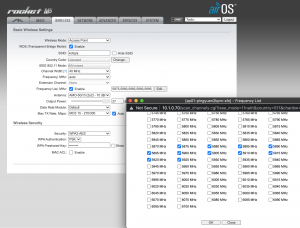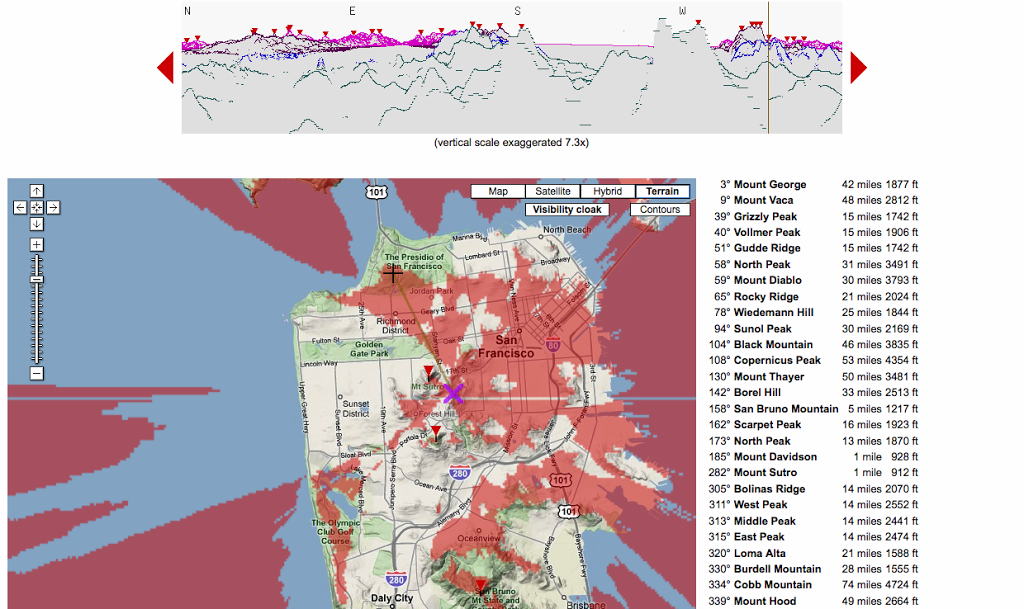Sometime after “AirOS 5.3.3.9634.110726.1142” Ubiquiti took out what was called “Compliance Mode” that enabled frequencies outside of the Part 15 bands. This was handy if you wanted to run these radios in Part 97 or Amateur or “Ham” Bands. There was a simple way of doing this right after they took this out by just doing a …
touch /etc/persistent/ct save reboot
Alas, this was taken out after a while.
After googling around and banging on this a bit, the “Country Code” for “Compliance Mode” that had an ID of 511 is now called “Licensed”. You can find it in /var/etc/ccodes.inc. The trick is to set the Atheros chipset on startup to the county code you want. This would be done with a custom script that runs when the radio boots up. You will need firmware that supports that that has “cs” in the file name. Go to:
and find the firmware for your board (eg XM, XW or TI). Upgrade the radio with this firmware.
After the upgrade and reboot, you can use this script that you should call “/etc/persistent/rc.poststart” with the following:
#!/bin/sh # This is dependent on v6.3.0 of the firmware. You may need # to point to the ubnt_spectral module someplace else if you # have a different firmware version. insmod /lib/modules/2.6.32.71/ubnt_spectral.ko iwpriv wifi0 setCountry Ub ifconfig ath0 down ifconfig wifi0 down sleep 5 rmmod /lib/modules/2.6.32.71/ubnt_spectral.ko ifconfig ath0 up ifconfig wifi0 up echo "countrycode=511" > /var/etc/atheros.conf # '840' is the Country Code for the US sed -i 's/840/511/g' /tmp/system.cfg echo "<option value="511">Compliance Test</option>" >> /var/etc/ccodes.inc
After creating this script, make sure you “chmod a+x /etc/persistent/rc.poststart” and the type “save” and “reboot”.
Once the radio has rebooted, you should be able to go to the “WIRELESS” tab and see that the Country Code is set for Licensed. If you select the “Frequency Scan List”, you should see a bunch of frequencies you can now select (see below). Alas, the script does not survive the reboot, but that is fine as the change to “License” will survive reboots. You can confirm this by ssh’ing into the radio and running the commands:
XM.v6.3.0# iwpriv wifi0 getCountry wifi0 getCountry:UB XM.v6.3.0# iwpriv wifi0 getCountryID wifi0 getCountryID:511 XM.v6.3.0#
I guess the Country “UB” is “Ubiquiti” 🙂



